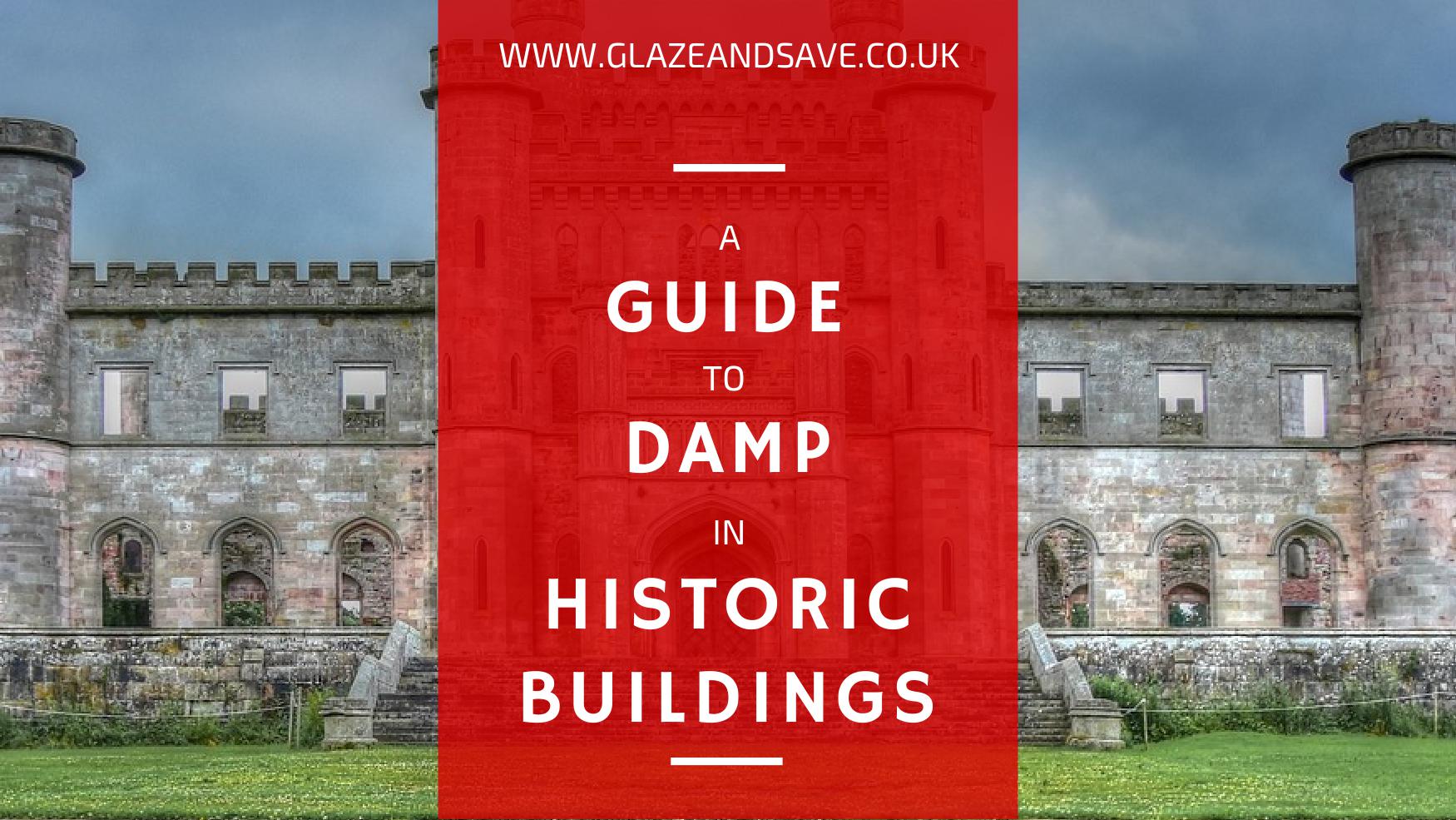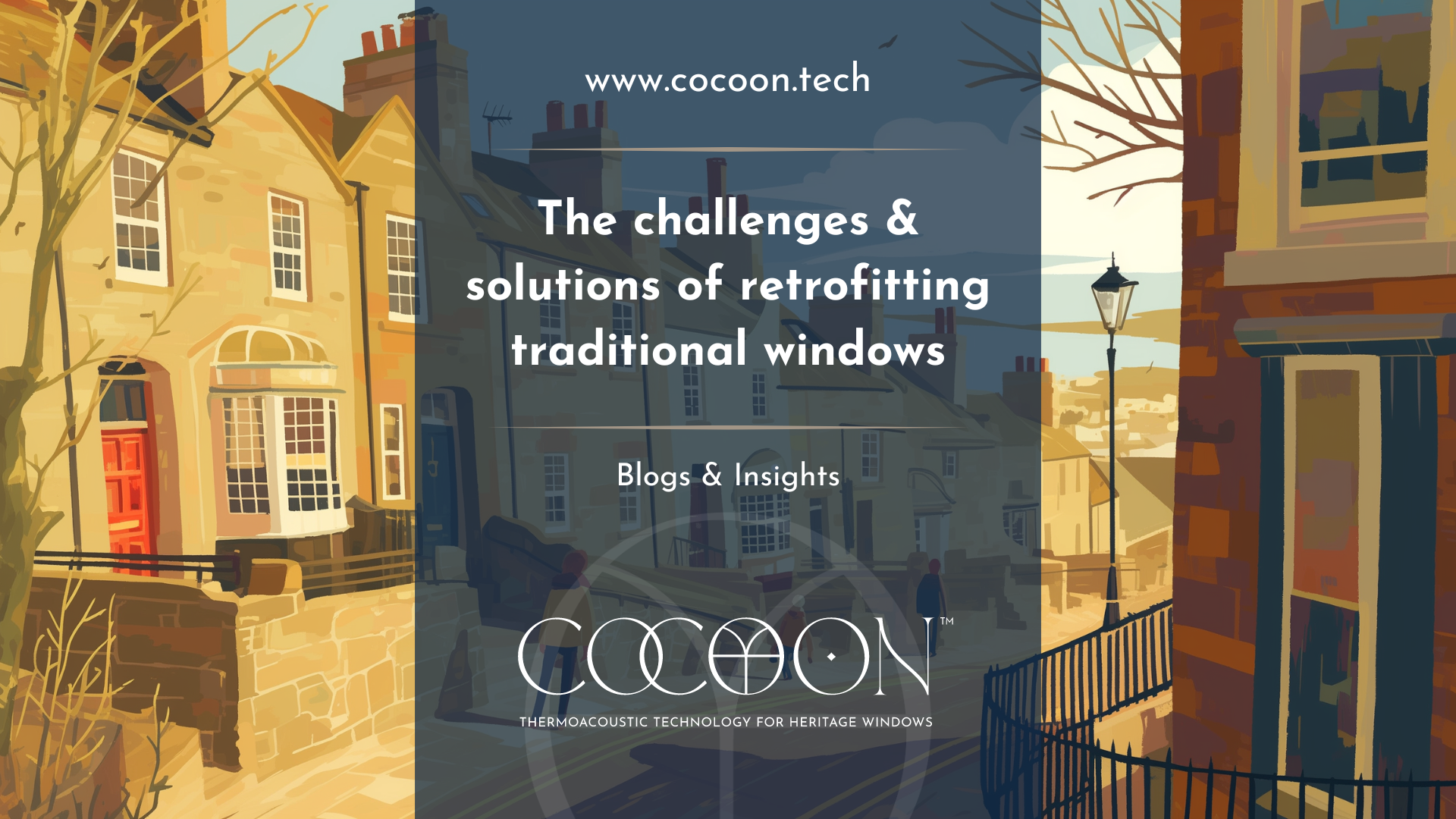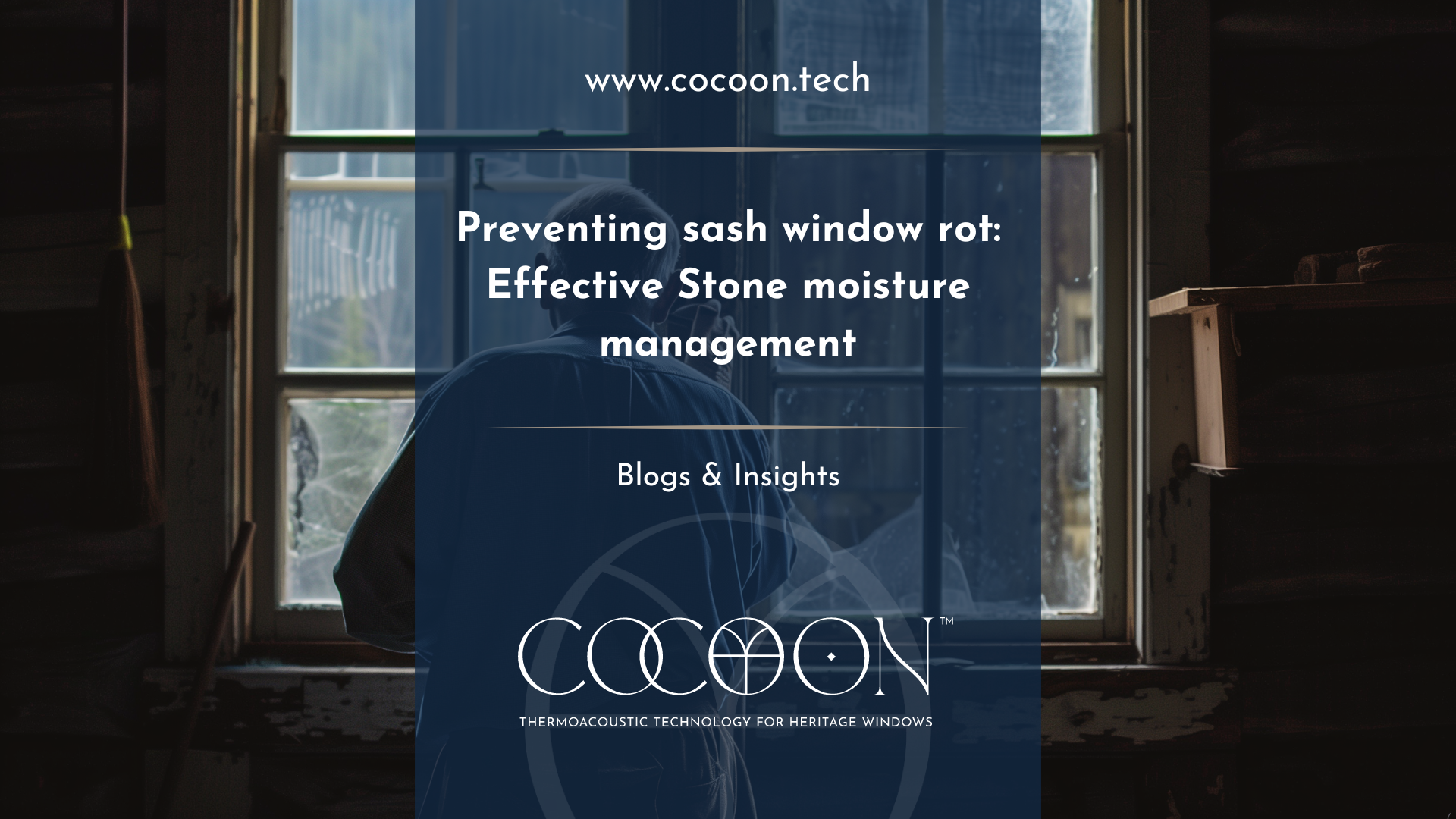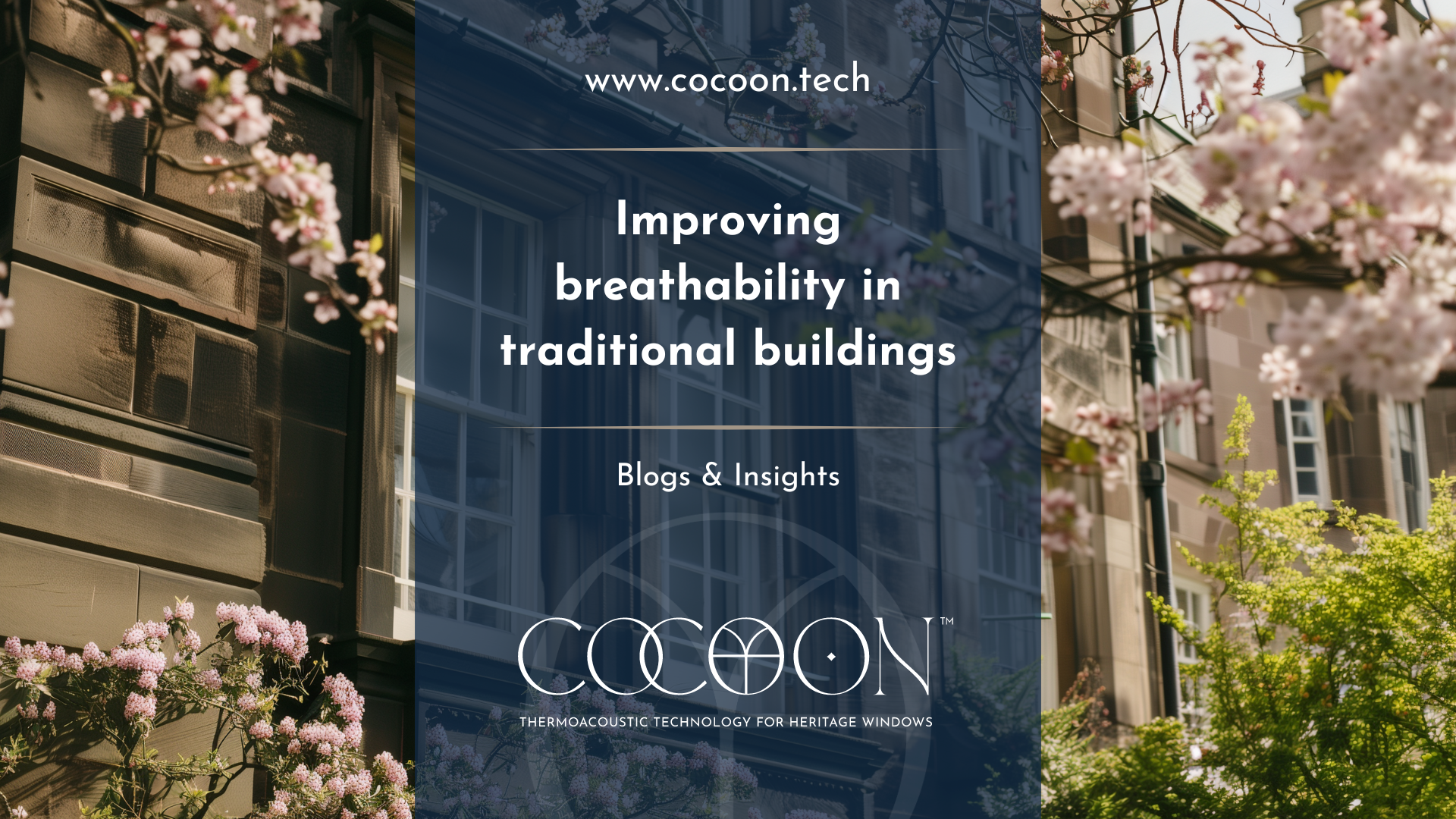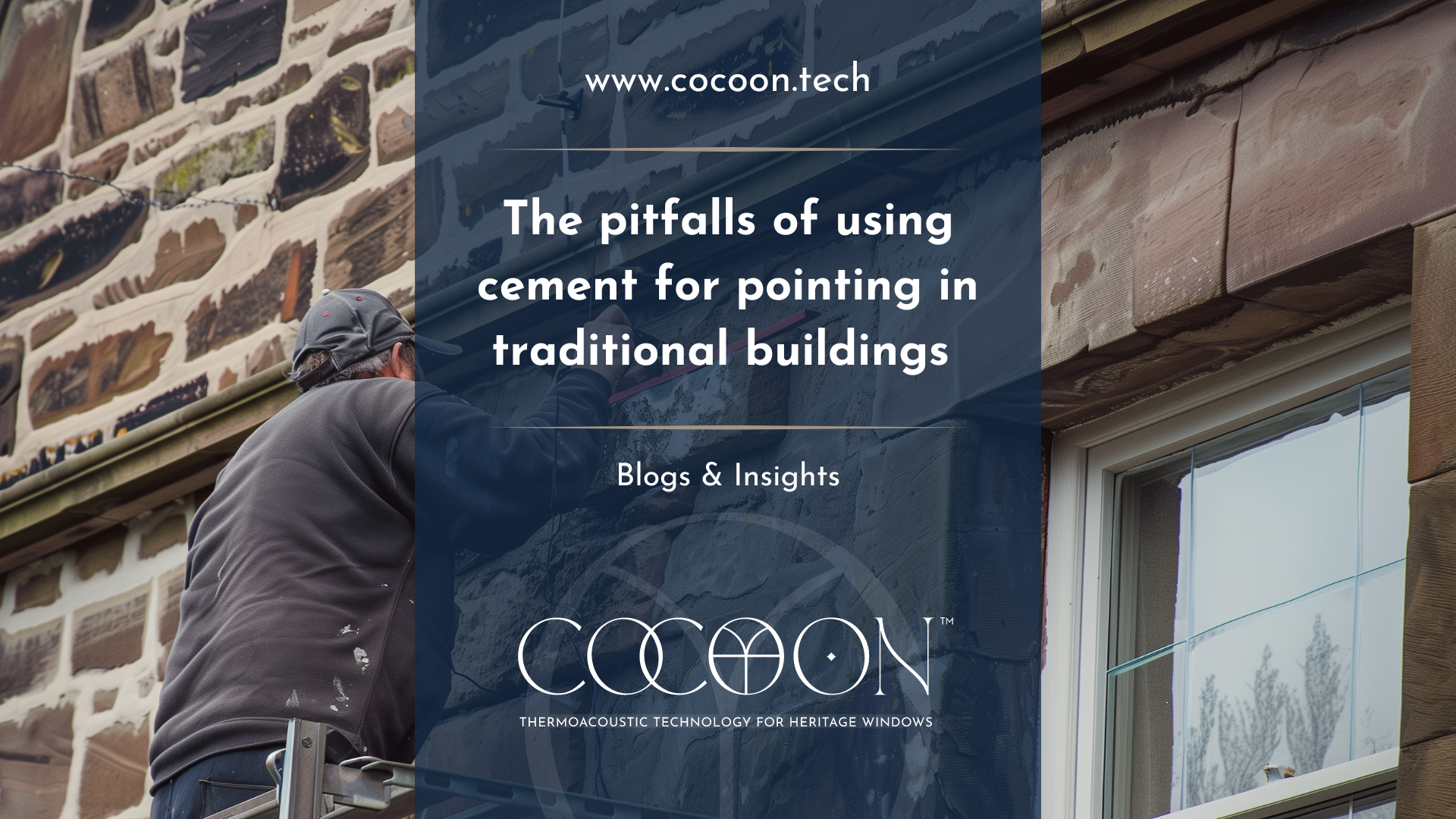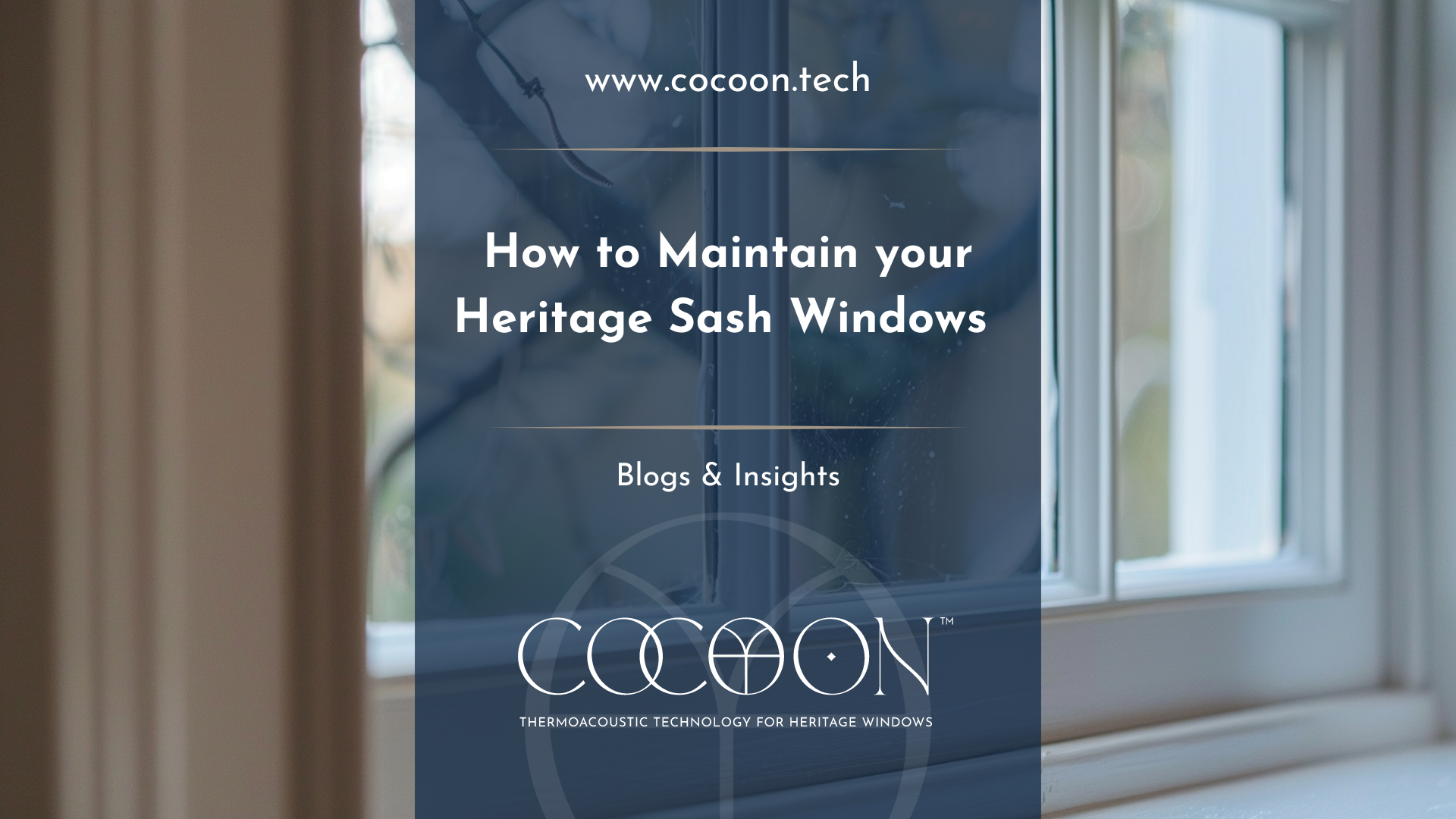A Guide to Damp in Historic Buildings | Glaze & Save
Damp can be
a real problem in historic and older buildings and can render otherwise
beautiful spaces virtually uninhabitable and creating misery for homeowners and
tenants. While much is made of rising damp in historic buildings, it is often
misdiagnosed and ineffectively treated, causing further issues in the building.
As stated in Timber and Lime
:
“Buildings don’t spontaneously erupt into a case of rising damp. Damp is a symptom (albeit an unpleasant one) of other problems. Quite often it is actually due to far simpler issues, such as interior or exterior modifications to a building.”
Symptoms of Damp
There are a variety of different ways that damp can present itself in older buildings, and this in itself can make the identification and treatment of damp in older properties more difficult. As the water moves through the building fabric, damp presents itself in different ways including but not limited to:
· Blistering of paint
· Salts forming on masonry
· Tidemarks
· Discolouration of paintwork
· Peeling wallpaper
· Mould, fungus and rot
· Wood boring insect infestation
· Increased levels of condensation on cold surfaces
· Musty odour and/or humid atmosphere.
Wherever damp is suspected, it is important to enlist the expertise of a professional who is familiar with historic buildings, who may utilise damp meters and thermal imaging to confirm the presence of damp.
Some of the most common weak points are succinctly summed up by Period Living:
“ Common weak points include:
- Windowsills: check for cracks where rain can seep into the wall below, causing damp patches, loose plaster or rot in the skirting. Sills should project sufficiently away from the wall and have a small groove underneath; otherwise the rain will run back and soak into the wall.
- Doors and windows: rain runs down and seeks out joints between the frames and the walls.
- Blocked, overflowing gutters, cracked downpipes and leaking overflow pipes cause water to splash on hard ground surfaces next to the house.
- Decorative protruding ledges on walls (known as ‘string courses’) should slope outwards to prevent puddles forming and water soaking in.
- Joints to roofs and chimneystacks should have watertight flashings.
- Chimneys: rain can pour down unprotected flues, soaking into old soot behind fireplaces.”
Causes
There are a variety of different causes of damp in historic buildings including leaks in the roof, defects in walls and masonry, moisture from the ground and inadequate ventilation.
Plumbing
Perhaps the most common cause of damp in historic buildings is the failure of plumbing throughout the property. Even the tiniest drips from pluming can be the cause of intense and serious damp, particularly if it has gone unnoticed for several years. Hairline cracks in tiles when combined with high pressure showers can also create damp problems. Homebuilding.co.uk suggests to check for corroded water pipes concealed in the walls; new plumbing for central heating, kitchens and bathrooms which drips when first used; failing waste pipes in older bathrooms, and damaged seals around baths and showers as possible sources of plumbing leaks.
Leaking Gutters
Homebuilding.co.uk advises that when gutters at the eaves leak, the outside wall will come into contact with water for a short distance. However leaks in other gutters can leak directly into the roof space which can be difficult to track down. Common signs include splattering from gutters which then splash water onto the walls, or tracks of water in the roof which may follow roof timbers.
Condensation
Condensation is simply moisture that collects on a cold surface in a home, ordinarily the windows but sometimes on the walls as well. The air cannot hold the water and therefore droplets or a fine mist is deposited on the cold surface. The damp caused by condensation often ends up developing into a spotted black mould, but is usually easy to spot as it will be in a cold spot and will display surface moisture.
The worst offenders for condensation is the moisture we produce in our homes through day to day living . Cooking, boiling kettles, air drying laundry, baths and living with pets all produce excess moisture that can manifest as condensation.
Salt Contamination
Rooms that’s have been heated after lying empty for some time can experience damp on the surface of the plaster. This is due to previously damp plasterwork retaining salt residue from earth and masonry which then reabsorbs fresh moisture in the air causing patches of damp on the plaster. According to Period Living:
“Salt can normally be brushed or vacuumed off, but shouldn’t be washed as it can seep back into the wall. Where plasterwork is heavily contaminated, the only remedy may be to hack off the affected area and replace it with new lime plaster. But first rectify the source of damp and give the wall time to dry out.”
Solutions
Breathability
One of the most important things you can do to stop damp from being an issue in historic buildings is to ensure that the breathability of the walls is not compromised. Old buildings were built to allow the building to “breathe”, that is to say they allow water to pass through them with the assistance of temperature and air pressure. As explained in Heritage House:
“The ‘breathing’ analogy is a convenient way of understanding frequent exchanges of air from masonry to atmosphere and back again. If air drawn into the wall is humid, and the wall cools below dew point then water vapour in the humid air condenses as water droplets in the pores of the masonry, though the wall will still appear ‘dry’. During warmer and drier times, some of this water will evaporate and leaves the wall as it breathes out. Even walls which seem dry will contain water, the amount varying with changes in the season and climate. If there are salts or other hygroscopic (moisture-attracting) materials in the masonry, the amount of water drawn into (and retained in) the wall can be sufficient to make the wall visibly damp, even in dry weather.”
Ensuring that old walls are treated with breathable materials both internally and externally will allow the natural cycle of water ingress and expulsion to continue, thus reducing the chances of damp forming.
Balance Insulation and Ventilation
While it is important to have a well-insulated home to stay warm and protect against the elements, historic buildings require insulation to be balanced with ventilation. In past times, our chimneys would have provided a fair bit of ventilation, but with the advent of central heating and the tendancy to over insulate homes, ventilation can be a real issue in older properties.
“Try opening windows across opposite sides of rooms to allow cross ventilation. The other issue is with insulation - with high fuel costs we are keen to use lots of insulation to keep heat locked in and reduce our energy bills. Unfortunately, by doing this, we hinder the required ventilation, which leads to condensation issues. Installing extractor fans, drimaster eco systems or heat recovery units will help increase much needed ventilation and reduce condensation. Install extra air bricks to allow ventilation.”
Tackle Condensation
Changing you behavior is one of the best things you can do reduce condensation. You can read more about condensation in our blog post here. But consider small changes such as producing less moisture by drying washing outdoors; avoid using paraffin or bottle gas heaters which produce a lot of moisture; cover your pans when cooking and close internal kitchen and bathroom doors when steam is being produced to stop moisture spreading to the rest of the house; and using trickle vents properly.
You can also consider InvisiTherm bespoke magnetic secondary glazing as a means to reducing condensation on your windows. You can read about how we cured condensation in an Edinburgh listed flat here.
Unlike other secondary or double glazing options, Glaze & Save InvisiTherm ™ can actually eradicate condensation from your windows. Call now on 01738 562068 to arrange your free no obligation survey, or email info@glazeandsave.co.uk for more information.

